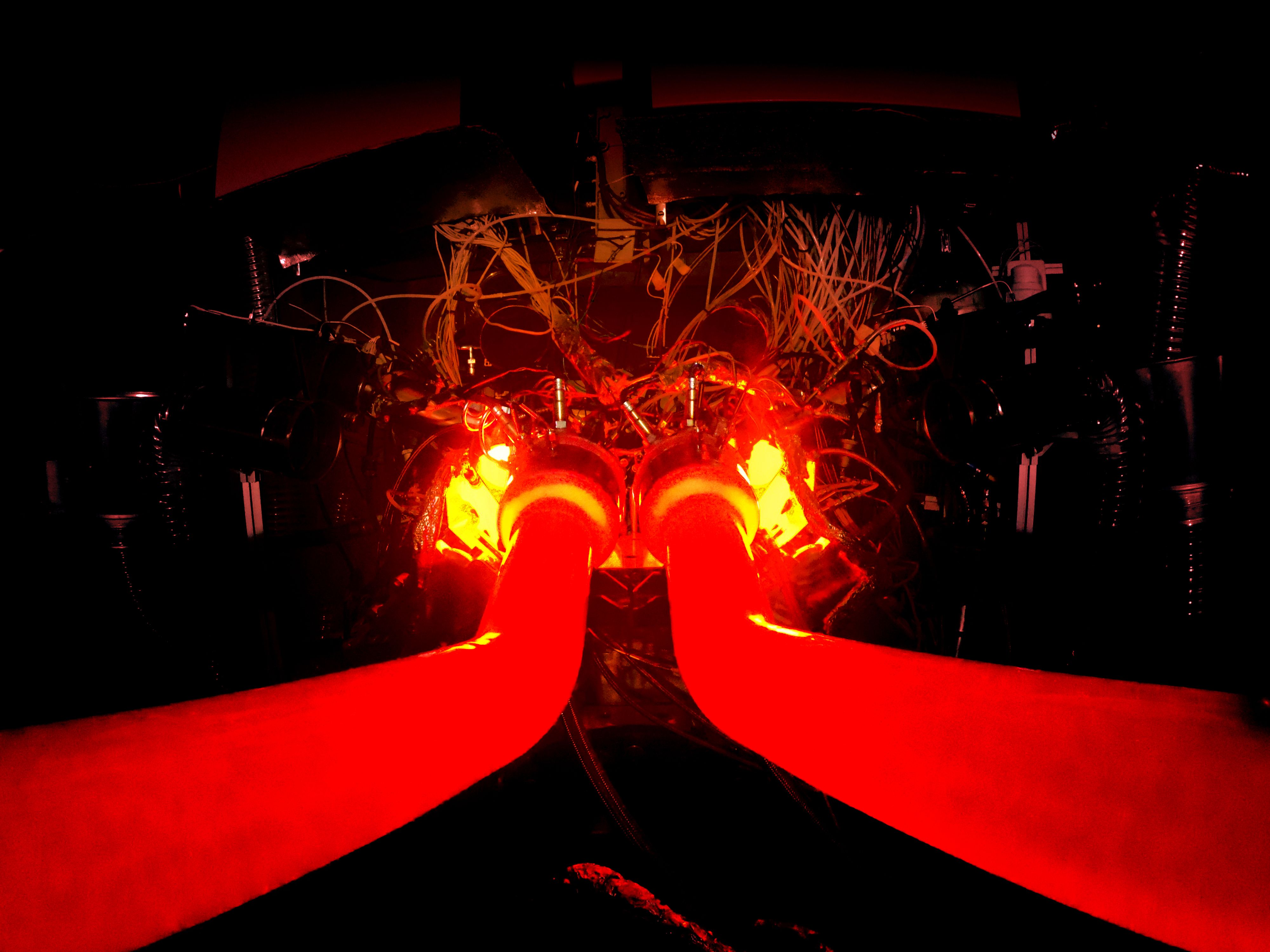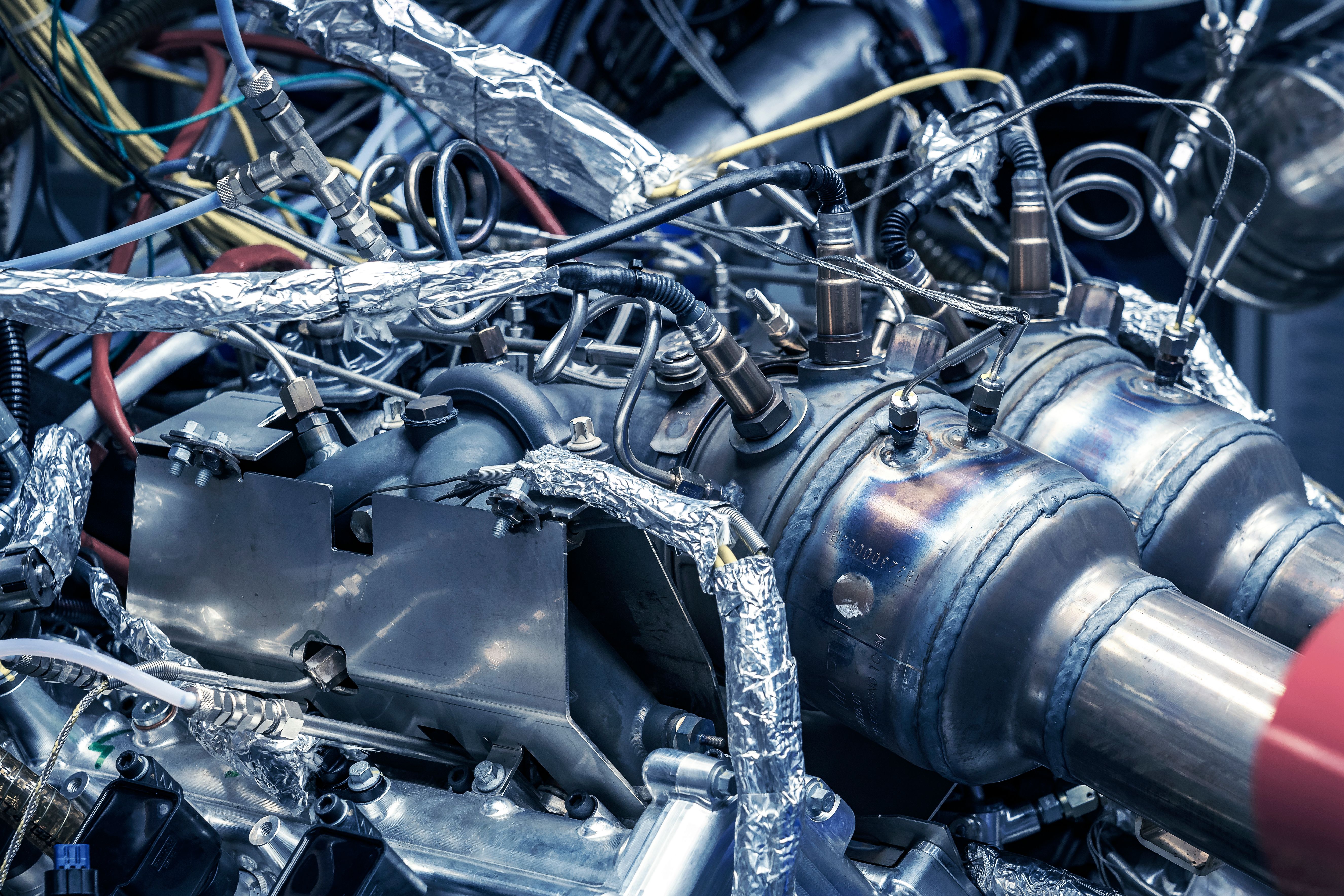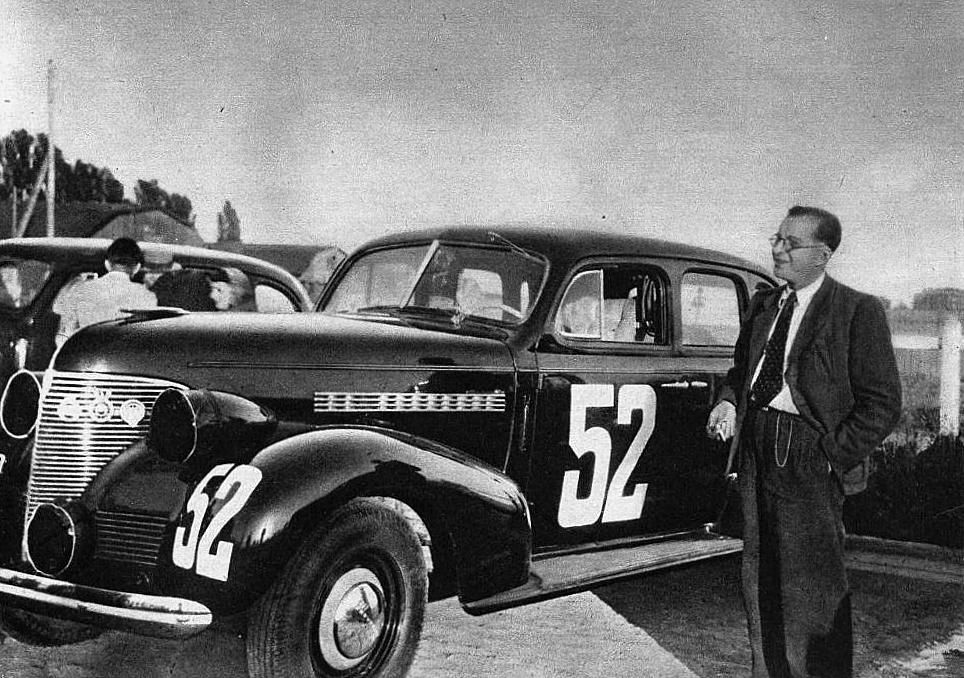As incredible as it may seem, Aston Martin hasn’t had a production-ready engine built in-house since 1968. That’s about to change once the mid-engined Valhalla hits the streets in 2022.
We’ve known for a long time that the Valhalla will be gifted with an F1-inspired, turbocharged and electrified V-6, and we recently reported that Aston Martin was hard at work on this very engine. We had no idea, however, it will pay homage to one of the industry’s most creative engineering minds. Enter the TM01, named after the great Tadek Marek.
What’s new about the Valhalla V-6 engine?
A hot-vee turbo engine is essentially a regular V with the turbocharger (or turbochargers) positioned inside the valley formed by the cylinder banks. The solution entails a couple of benefits, including less turbo lag (as the exhaust gasses have to travel on a shorter path) and better efficiency (the turbos’ temperature remains higher, which keeps boost steady) for crisper oomph delivery.
Aston Martin has been testing the 3.0-liter powerplant on the dyno so we can only guess that the Brits are applying the finishing touches. The engine’s R&D was thought out with hybridization in mind right off the bat, although Aston Martin is still coy on details such as power and torque, which will vary according to “each application of this powertrain.” That means that it’s not just the Valhalla that will benefit from this new engine tech as Aston Martin clearly has plans to trickle it down throughout its lineup.
Other engine characteristics we can report on at this time are:
-* Overall weight of under 200 kilos (441 pounds)
-* Equipped with a dry sump system
-* Will meet future Euro 7 emission requirements
-* Compatible with both hybrid and plug-in-hybrid systems
Who was Tadek Marek?
Polish-born engineer Tadek Marek joined Aston Martin in 1953, swapping boats from Austin. Previously, he had worked for Fiat in Poland and General Motors and even raced at the 1937, 1938, and 1939 Monte Carlo Rally in Fiat 1100, Lancia Aprilia, and Opel Olympia, respectively.
Marek’s first standalone project came with the development of the DBR2, which got a new 3.6-liter, all-alloy straight-six unit developed integrally under Marek’s supervision. The rock-solid reliability and versatility of this powerplant determined Aston Martin to use it for the likes of DB4, DB5, DB6, including the first wave of DBS models produce before the brand introduced its first V-8 in 1969. This, too, was developed by Marek.
The V-8 displaced 5.4 liters and was, towards the end of the 1990s, slapped with a supercharger by Callaway, allowing the extraction of no less than 600 horsepower in the 1998 V8 Vantage LeMans V600. In standard spec, Marek’s V-8 was a constant presence in Aston Martin’s cars throughout the 1970s and 1980s, including the first-gen Virage.



